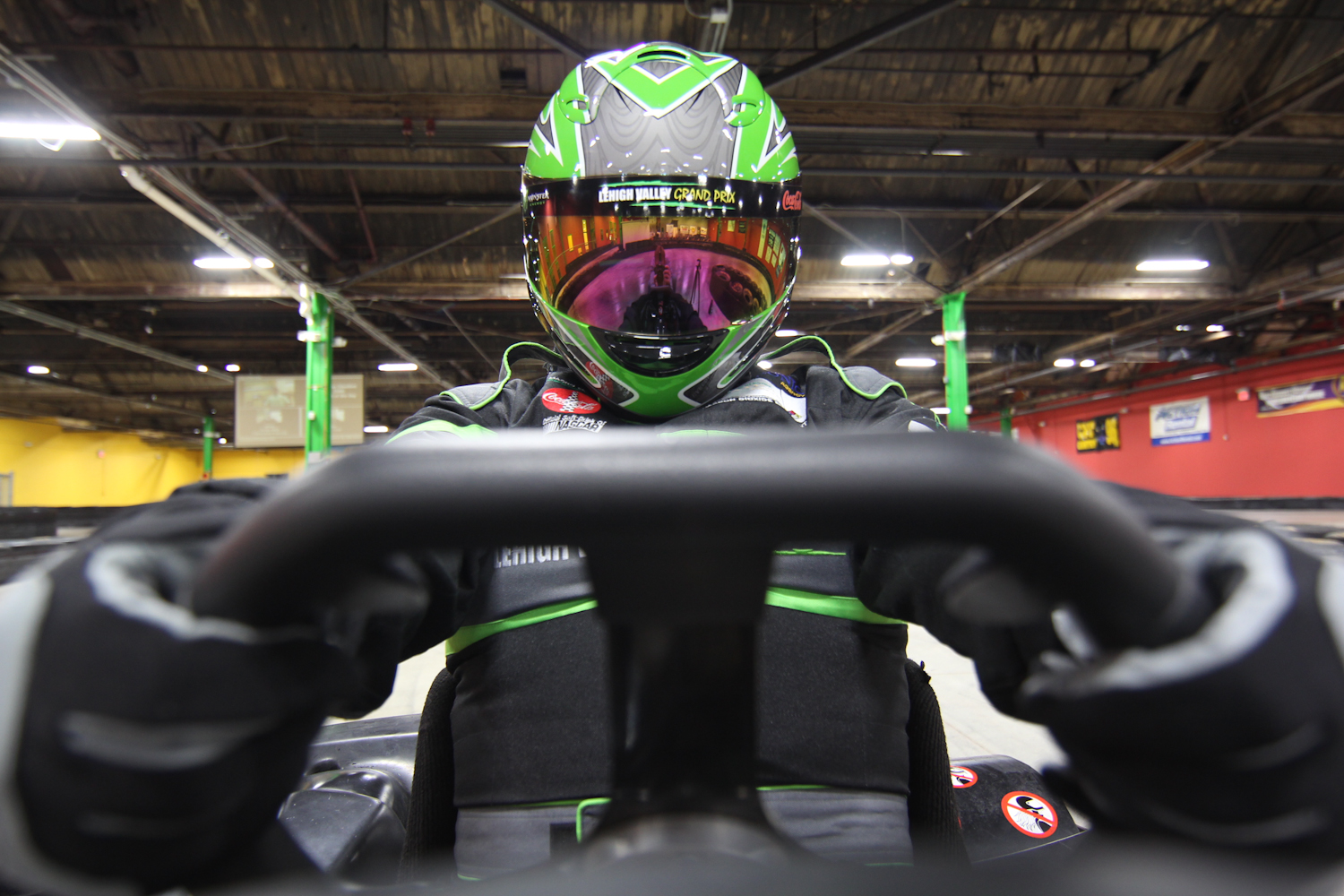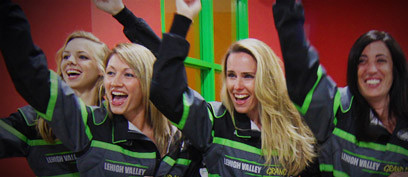January 25, 2018
Human Factors Part 2: Reaction Time Formula

How to Calculate the Reaction Time of a Driver
In our last blog we discussed the human factors that are involved in the reaction time when speed, friction, and, the human elements all come together when racing. Our focus today will be on the reaction time formula that is calculated when the point of recognition to brake and the time it takes for the object to come to a complete stop. In racing, this is paramount in many other areas of skill. Whether it be passing, drafting, acceleration around a turn, or centrifugal force that is pulling you to the outside. All these factors are applied to a racer, consciously or not.
In Dr. Marc Green’s excerpt, he uses a simple example:
“Suppose a person is driving a car at 55 mph (80.67 feet/sec) during the day on a dry, level road. He sees a pedestrian and applies the brakes. What is the shortest stopping distance that can reasonably be expected? Total stopping distance consists of three components:”
1. Reaction Distance. First. Suppose the reaction time is 1.5 seconds. This means that the car will travel 1.5 x80.67 or 120.9 feet before the brakes are even applied.
2. Brake Engagement Distance. Most reaction time studies consider the response completed at the moment the foot touches the brake pedal. However, brakes do not engage instantaneously. There is an additional time required for the pedal to depress and for the brakes to engage. This is difficult to summarize in a single number because it depends on urgency and braking style. In an emergency, a reasonable estimate is .3 second, adding another 24.2 feet.
3. Physical Force Distance. Once the brakes engage, the stopping distance is determined by physical forces (D=S²/(30*f) where S is mph) as 134.4 feet.
Total Stopping Distance = 120.9 ft + 24.2 ft + 134.4 ft = 279.5 ft
Reaction Time Expectation
That’s almost half the distance that is created by driver reaction time as we see in the reaction time formula. As we delve into this concept, we also need to look into this concept of “Expectation”. Is the driver alert, surprised, or was this reaction unexpected? For the purpose of this article we will assume that as a racer, you are fully aware and alert. Now this may also, create a reaction of tensing up, where the body is stiff and very sensitive to a jolting movement.
Regardless of the physical reaction, and the driver being fully aware. As it relates to racing, accelerating and stopping are part of the game. The ability to accelerate, react, slow down, and maneuver all play a key role in progressing as a skilled driver. No matter the race, vehicle, or track reaction speed is critical to making a decision that can impact your position. Considering the reaction time formula is essential when looking at the big picture in racing.
Source: http://www.visualexpert.com/Resources/reactiontime.html , Marc Green, PHD, ‘’Human Factors, Driver Reaction Time’’
 Social Events
Social Events-
Race Hours Monday 2pm-10pm Tuesday-Thursday 2pm-9pm Friday 2pm-10pm Saturday 12pm-10pm Sunday 12pm-7pm Octane Hours Monday 5pm-10pm Tuesday-Thursday 5pm-9pm Friday 4pm to 10pm Saturday 12pm to 10pm Sunday 12pm to 7pm Axe Throwing Hours Monday, Tuesday, Wednesday & Thursday Available for Private Events Friday 4pm to 10pm Saturday 2pm to 10pm Sunday 12pm to 7pm View Our Event Calendar